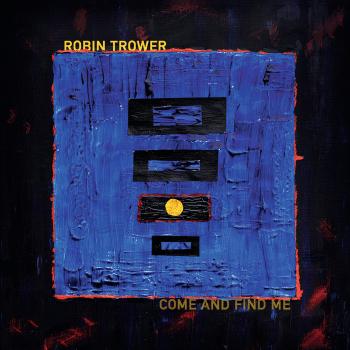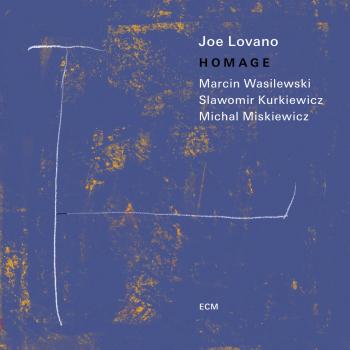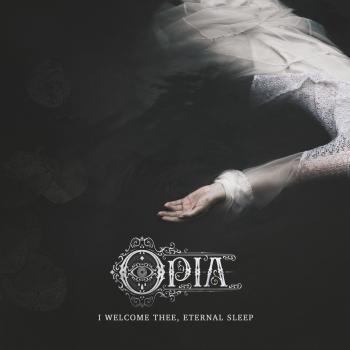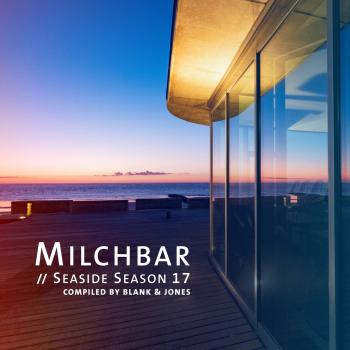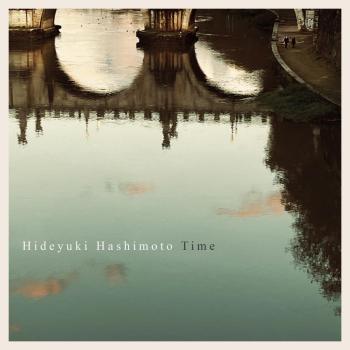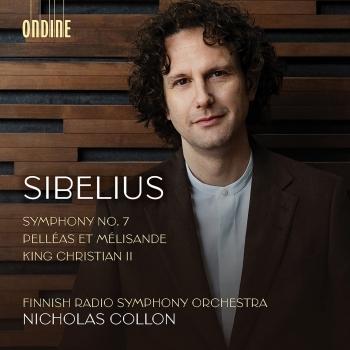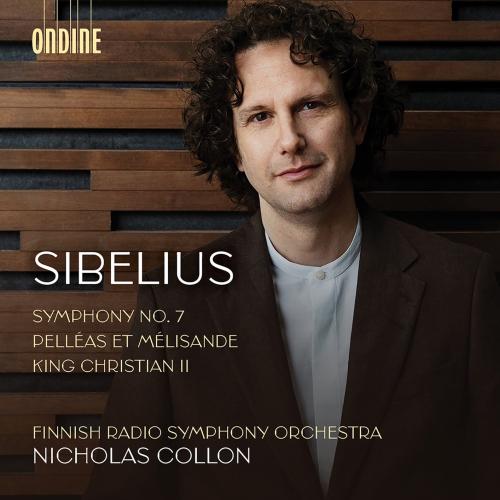
Sibelius: Symphony No. 7 in C Major, Op. 105, Suite from "King Christian II", Op. 27 & Suite from "Pelléas et Mélisande", Op. 46 The Finnish Radio Symphony Orchestra & Nicholas Collon
Album info
Album-Release:
2022
HRA-Release:
06.05.2022
Label: Ondine
Genre: Classical
Subgenre: Orchestral
Artist: The Finnish Radio Symphony Orchestra & Nicholas Collon
Composer: Jean Sibelius (1865-1957)
Album including Album cover Booklet (PDF)
- Jean Sibelius (1865 - 1957): Symphony No. 7 in C Major, Op. 105 "Fantasia sinfonica No. 1":
- 1 Sibelius: Symphony No. 7 in C Major, Op. 105 "Fantasia sinfonica No. 1" 21:00
- Suite from "King Christian II", Op. 27:
- 2 Sibelius: Suite from "King Christian II", Op. 27: I. Nocturne 07:24
- 3 Sibelius: Suite from "King Christian II", Op. 27: IIa. Élégie 05:09
- 4 Sibelius: Suite from "King Christian II", Op. 27: IIb. Musette 02:13
- 5 Sibelius: Suite from "King Christian II", Op. 27: III. Serenade 04:36
- 6 Sibelius: Suite from "King Christian II", Op. 27: IV. Ballade 05:02
- Suite from "Pelléas et Mélisande", Op. 46:
- 7 Sibelius: Suite from "Pelléas et Mélisande", Op. 46: I. At the Castle Gate 02:51
- 8 Sibelius: Suite from "Pelléas et Mélisande", Op. 46: II. Mélisande 04:14
- 9 Sibelius: Suite from "Pelléas et Mélisande", Op. 46: III. At the Seashore 02:15
- 10 Sibelius: Suite from "Pelléas et Mélisande", Op. 46: IV. A Spring in the Park 01:55
- 11 Sibelius: Suite from "Pelléas et Mélisande", Op. 46: V. The Three Blind Sisters 02:27
- 12 Sibelius: Suite from "Pelléas et Mélisande", Op. 46: VI. Pastorale 01:51
- 13 Sibelius: Suite from "Pelléas et Mélisande", Op. 46: VII. Mélisande at the Spinning Wheel 01:47
- 14 Sibelius: Suite from "Pelléas et Mélisande", Op. 46: VIII. Entr'acte 02:42
- 15 Sibelius: Suite from "Pelléas et Mélisande", Op. 46: IX. The Death of Mélisande 06:02
Info for Sibelius: Symphony No. 7 in C Major, Op. 105, Suite from "King Christian II", Op. 27 & Suite from "Pelléas et Mélisande", Op. 46
Conductor Nicholas Collon began as the new Chief Conductor of the Finnish Radio Symphony Orchestra in September 2021. This all-Sibelius programme, carefully selected by the conductor, is his debut album together with his new orchestra. Collon offers fresh and modern interpretation of Sibelius’ symphonic testament, the 7th Symphony, and brings to life the colour and drama of Sibelius’ incidental music for two plays – Maeterlinck’s famous Pelléas et Mélisande and the historic King Christian II.
The writing process of Sibelius’ serenely balance 7th Symphony took several years. Sibelius’s sketchbooks reveal that in the early 1920s he had four movements in mind. It was not until the later stages of writing the work, in 1923, that Sibelius amalgamated the symphony into its unique single-movement structure. Sibelius’s absolute mastery of continuity strengthens the unity of the work: it is often impossible and indeed irrelevant to attempt to define precisely where one idea ends and another begins, whether we consider details of harmony and orchestration, tempo relationships or structure. The Seventh remained his final word as a symphonic composer, and this is a function that it fulfils admirably. Its balanced, Apollonian emotional atmosphere testifies to a composer confidently in command of his faculties and at peace with his inner demons.
Alongside symphonies and tone poems, incidental music constitutes a significant category in Sibelius’s orchestral output. Some of Sibelius’s most popular miniatures began their life as music for the stage. Sibelius’s original music for the play King Christian II consisted of four numbers, but in summer 1898 he wrote three further numbers. Later still, he fashioned a five-movement orchestral suite out of these seven numbers. The King Christian II Suite became Sibelius’s first published orchestral work, and due to its popular style, it was widely performed abroad. When, in spring 1905, Sibelius wrote incidental music for the play Pelléas et Mélisande by Belgian playwright Maurice Maeterlinck, he joined a group of several composers inspired by the drama. Sibelius adapted his music into a nine-movement orchestral suite, containing all but one of the numbers originally written for the play. In writing incidental music, Sibelius had the knack of creating a captivating and expressive mood with very simple means. This was a particularly relevant skill for the mysterious Symbolist narrative of Pelléas and Mélisande. Sibelius underpins the mood of the drama with his most delicate paintbrush, so to speak, breathing life into its unreal dream world.
The Finnish Radio Symphony Orchestra
Nicholas Collon, conductor
The Finnish Radio Symphony Orchestra (FRSO)
is the orchestra of the Finnish Broadcasting Company (Yle), and its mission is to produce and promote Finnish musical culture. The Radio Orchestra of ten players founded in 1927 grew to symphony orchestra proportions in the 1960s. Its Chief Conductors have been Toivo Haapanen, Nils-Eric Fougstedt, Paavo Berglund, Okko Kamu, Leif Segerstam, Jukka-Pekka Saraste, Sakari Oramo, Hannu Lintu, and as of autumn 2021 Nicholas Collon. In addition to the great Classical-Romantic masterpieces, the latest contemporary music is a major item in the repertoire of the FRSO, which each year premieres a number of Yle commissions. The FRSO has twice won a Gramophone Award: for its album of Lindberg’s Clarinet Concerto in 2006 and of Bartók Violin Concertos in 2018. Other distinctions have included BBC Music Magazine, Académie Charles Cros, MIDEM Classical awards and Grammy nominations in 2020 and 2021. Its album of tone poems and songs by Sibelius won an International Classical Music Award (ICMA) in 2018.
Nicholas Collon
British conductor Nicholas Collon is recognized for his elegant conducting style, searching musical intellect and inspirational music-making. He began as Chief Conductor of the Finnish Radio Symphony in August 2021 – the first non-Finnish conductor ever to hold this post. As part of the orchestra’s continuing commitment to the Ondine label, Nicholas Collon will record a number of albums in his first season. Collon continues as Principal Guest of the Guerzenich Orchester, and will also return to the Residentie Orkest, where he was Chief Conductor 2016–2021. The Aurora Orchestra, of which Collon is Founder and Principal Conductor, remains at the heart of his activities.
Booklet for Sibelius: Symphony No. 7 in C Major, Op. 105, Suite from "King Christian II", Op. 27 & Suite from "Pelléas et Mélisande", Op. 46



